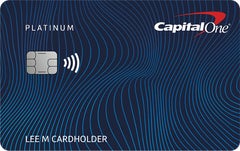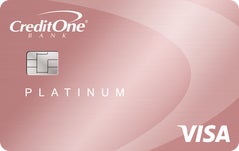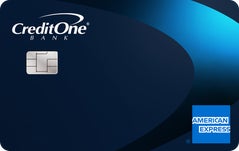The SuperCash Mastercard earns cash back at a generous rate on purchases made using the issuer’s travel portal and its online storefront. It also earns at a solid flat rate for every other purchase you make. These rates could make the card an especially lucrative credit-building option.
How you earn
You’ll earn the card’s best rewards rate – 10 percent back – on purchases made using SuperTravel, the issuer’s travel booking site. While you can only use SuperTravel for hotel bookings, 10 percent back is a very impressive rate for a no-annual-fee rewards card — much less a credit-building card.
You also get 5 percent back on SuperShop purchases. SuperShop is the issuer’s online retail store that carries deals for cell phones, apparel, computers, home goods and other merchandise. The SuperShop offers new deals daily that you can take advantage of, making it a potentially fair alternative to popular online retailers like Amazon.
While the card’s best rewards rates are reserved for purchases made using portals that Super provides, you’ll still earn a solid 2 percent back on every purchase you make. This is a great cash back rate for a secured credit card and even compares favorably with some of the best unsecured cash back cards on the market, including the Citi Double Cash® Card, which consistently holds a top spot on Bankrate's list of best cash back credit cards and earns up to 2 percent back on every purchase (1 percent as you buy, plus another 1 percent when you pay off your purchases).
Compared to the average secured card, the SuperCash card’s cash back program is quite impressive, so if earning rewards as you build credit is a priority for you, the SuperCash Card is definitely worth a look.
How to redeem
When you make purchases with your card, Super places cashback you earn into your card account’s “virtual wallet.” Once a purchase you make is completed and posted to your SuperCash account, you can transfer your cashback earnings from your SuperCash card’s virtual wallet to your deposit account.
When it comes to cashback redemptions this is a pretty barebones offer, but you can’t ask for a simpler approach. If you’re looking for hassle-free rewards that aren’t oversaturated with choice, then the SuperCash card can be the right choice for you.
While it might be beneficial to occasionally redeem cashback for gift cards, like on other cash back cards, the quick turnaround on the SuperCash card redemptions makes it easy to get a payout that can fund your next purchase.
How much are the rewards worth?
As far as cashback cards go, the value of your rewards can only be as high as the rate at which you earn them. When you make purchases with a cashback card, you earn a percentage back as cash. You should expect to earn 10 cents back for every dollar spent on hotel bookings made using SuperTravel, 5 cents back for every dollar for purchases made using SuperShop and 2 cents back for every dollar on all other purchases.
If you spend $300 on a hotel room with SuperTravel, you’ll earn $30 cash back. A $100 purchase in the SuperShop will net you $5 cash back, and if you use your SuperCash Mastercard to make $1,000 worth of purchases everywhere else you’ll earn $20 back. With this example, a total spending amount of $1,400 earns $60 of cashback, which is pretty generous for a card of this caliber.
Other cashback cards carry various redemption options because they may actually award points that cardholders can use to redeem for gift cards or merchandise. Depending on the type of cardholder you are, you might prefer the flexibility offered with cashback programs like those. However, if you want straightforward rewards and for the issuer to show you the money when it comes to what you earn with your spending, you can’t go wrong with the basic cashback program on the SuperCash card.










